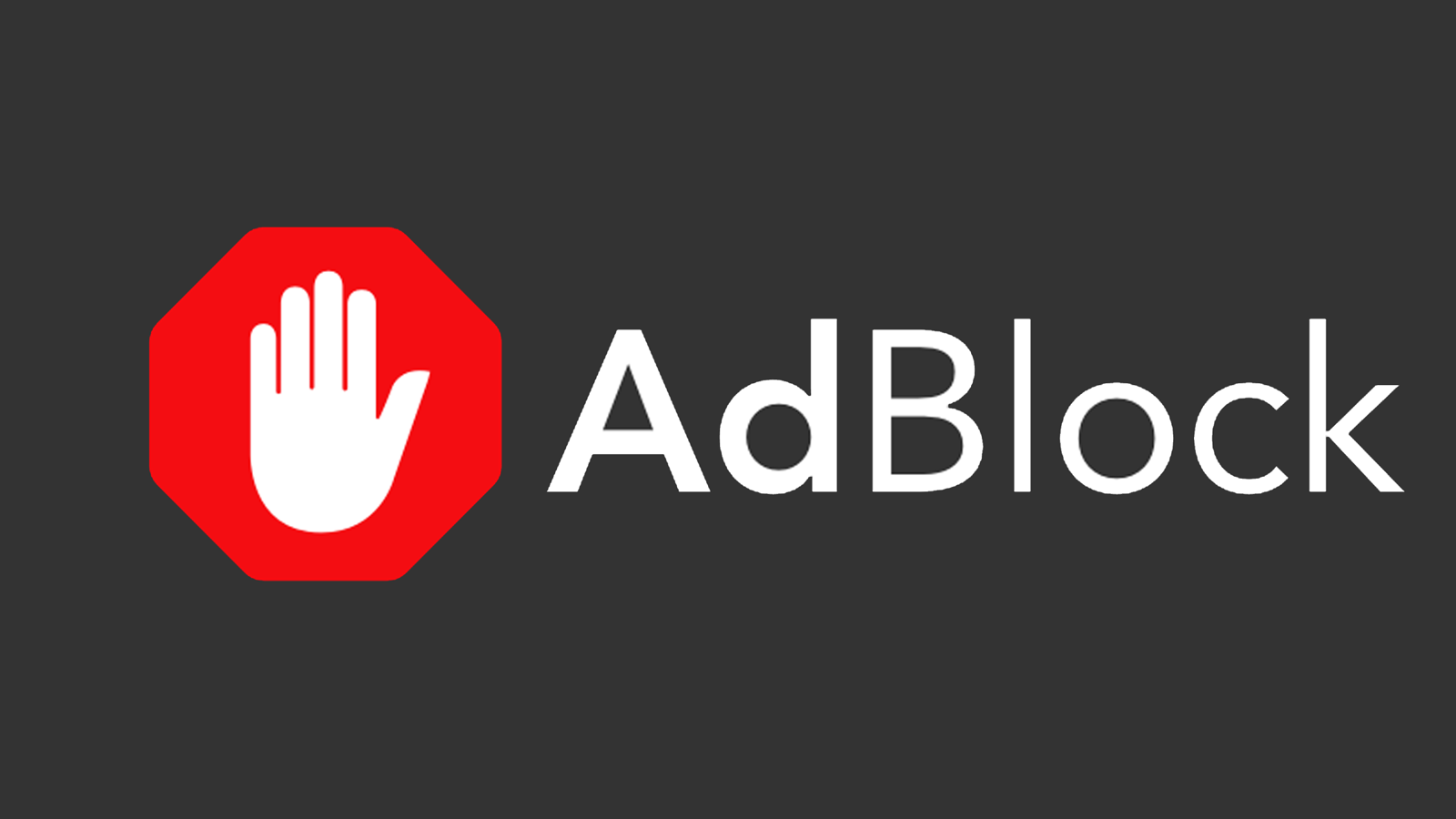YouTube, the ubiquitous video platform we all know and love, stands as the unrivaled titan in the realm of streaming services. Constantly evolving, it has now ventured into the realm of artificial intelligence (AI)-generated content. However, the recent buzz surrounding YouTube is not about its futuristic AI endeavors or potential benefits; instead, it revolves around a more immediate concern – the delay in loading of videos, prompting users to question if YouTube is losing its user-centric touch.
The Hidden Culprit Behind Slow Video Loading on YouTube Revealed: Ad Blockers

In our tech-savvy era, where Google’s influence extends far and wide, YouTube’s popularity remains unparalleled. The platform is gearing up for a noteworthy development – a potential price hike in our country, mirroring a global trend observed in other territories. While this could have raised eyebrows, it is the recent issue of slow video loading that has seized the spotlight, sparking a wave of discontent among users.
The problem is clear: videos are taking longer to load for users who opt for browsers other than Google Chrome. A seemingly straightforward issue, it has led many to point fingers at Google, speculating about potential foul play. However, the search engine giant has swiftly responded, dispelling any suspicions and attributing the sluggish loading to an unexpected culprit: ad blockers.
In a released statement, Google clarified that using an alternative browser is not the primary cause of slow video loading. Instead, the real culprit is the use of ad blockers. Google’s stance is clear – to sustain a diverse ecosystem of creators globally and ensure accessibility for billions, it encourages viewers with ad blockers to either enable ads on YouTube or consider YouTube Premium for an ad-free experience. The consequence of persisting with ad blockers, as per Google’s statement, is a suboptimal viewing experience, irrespective of the browser in use.
The statement, while providing clarity, raises questions about the user experience. The term “suboptimal viewing” may downplay the situation, but it underscores the dilemma faced by users who value ad-free content. It prompts reflection on the balance between a company’s pursuit of profitability and providing a seamless user experience.
Google’s move, though contentious, aligns with its broader strategy. YouTube, as part of the Google ecosystem, relies heavily on advertising revenue. While the delay in video loading may irk users, it serves as a reminder of YouTube’s commitment to advertising. Simultaneously, Google takes the opportunity to promote YouTube Premium as a viable alternative, emphasizing its ad-free model.
The abnormal loading behavior, as per Google, is a temporary measure. Yet, users report a nuanced truth, noting that the problem disappears when using Google Chrome. This has led to speculation that Google might be testing this change selectively on certain accounts, introducing a layer of logic to the situation, particularly when users deviate from Chrome. However, there are conflicting reports, with some users still experiencing issues even with browser extensions disabled.
As users navigate this temporary inconvenience, the broader question lingers: What is YouTube’s ultimate goal with these maneuvers? Persistent rumors suggest that YouTube might be contemplating the complete blockage of ad blockers, a prospect that advertisers would undoubtedly welcome. The debate is open, and users are vocal about their experiences. Have you encountered delays in uploading YouTube videos? Is this issue confined to specific browsers? Share your thoughts in the comments as we continue to unravel the evolving landscape of online video content consumption.

Navigating the Ad-Blocking Landscape
Ad blockers have become increasingly popular in recent years, driven by a growing desire to control online advertising experiences. While they undoubtedly offer benefits to users, their impact on content creators and online publishers cannot be ignored.
For content creators, ad revenue is often a crucial source of income, enabling them to continue producing the content that users enjoy. When ad blockers are used, creators may see their earnings decline, potentially affecting the quality and quantity of content available.
Online publishers, who rely on advertising to support their operations, also face challenges when ad blockers are prevalent. With reduced ad revenue, publishers may struggle to maintain their websites and provide the services that users rely on.
Seeking a Balanced Approach
The debate surrounding ad blockers is complex and multifaceted. While users appreciate the ability to control their online advertising experiences, content creators and online publishers depend on ad revenue to sustain their operations.
Finding a solution that addresses the concerns of all parties involved is essential. One approach could involve developing an opt-in system where users can choose to view ads in exchange for accessing premium content or services. This would provide users with a choice while still allowing content creators and publishers to generate revenue.
Ultimately, the goal should be to create a sustainable ecosystem that balances the needs of users, content creators, and online publishers. This will require collaboration and a willingness to explore innovative solutions that respect the interests of all stakeholders.
Understanding the Impact on Users
For users who rely on ad blockers to enjoy an uninterrupted viewing experience, YouTube’s actions are perceived as frustrating and unfair. The deliberate slowdown of video loading seems like a punitive measure aimed at forcing users to either tolerate ads or switch to a paid subscription service, YouTube Premium.
This approach raises concerns about user autonomy and choice. Users should have the freedom to decide how they consume content without being penalized for their preferences. Moreover, the issue extends beyond mere inconvenience; users may miss out on time-sensitive information or miss crucial moments in videos due to delayed loading.
Exploring Potential Solutions
While YouTube’s desire to protect its revenue stream is understandable, there could be more user-friendly approaches to addressing the ad blocker issue. Instead of resorting to slowing down video loading, YouTube could explore alternative measures to encourage ad viewing, such as:
-
Non-intrusive ad formats: Introducing less disruptive ad formats that blend seamlessly with the viewing experience, minimizing user annoyance.
-
Rewarding ad engagement: Offering incentives to users who choose to watch ads, such as exclusive content or premium features.
-
Transparent ad revenue sharing: Providing users with a clear breakdown of how ad revenue is used to support content creators and platform development.
Acknowledging User Concerns
YouTube should acknowledge and address the concerns of users who value ad-free content. The company could provide alternative options for users who prefer an ad-free experience, such as:
-
Free ad-free tiers: Offering limited ad-free viewing options for users who contribute to the platform in other ways, such as providing feedback or creating content.
-
Sliding-scale ad-free options: Allowing users to customize their ad viewing experience, choosing between different levels of ad-free viewing with varying price points.
-
Ad-free alternatives: Supporting or partnering with ad-free video platforms that offer a viable alternative for users who prioritize uninterrupted content.
Final Thoughts
The issue of ad blockers is a complex one, and there is no easy answer. On the one hand, it is understandable that Google wants to protect its revenue by discouraging users from using ad blockers. On the other hand, it is also understandable that users want to have a seamless and ad-free experience when watching YouTube videos. Ultimately, it is up to Google to find a way to balance these two competing interests.
Additional Points
- YouTube is not the only platform that is cracking down on ad blockers. Many other websites and apps are also taking steps to block ad blockers.
- There is a growing movement of users who are opposed to ad blockers. They argue that ad blockers are harmful to the internet ecosystem because they prevent websites and apps from generating revenue.
- The future of ad blocking is uncertain. It is possible that ad blockers will eventually be completely blocked from the internet. However, it is also possible that ad blockers will find new ways to circumvent these restrictions.



